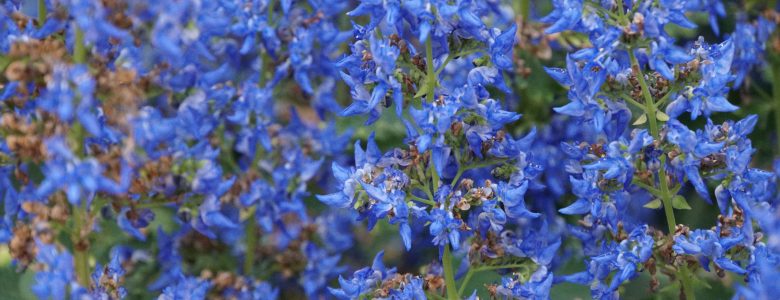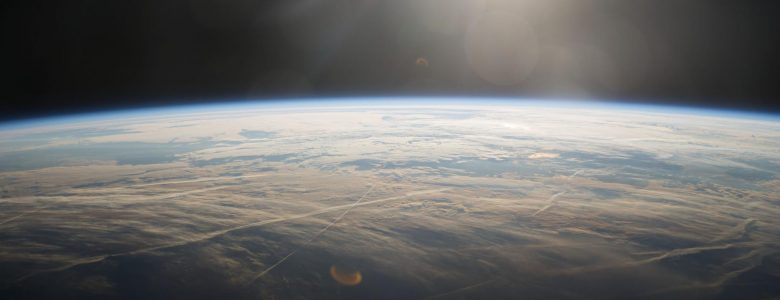April 30, 2020
The Science Behind Blue Flowers

Blue is all around us, from the oceans to their reflection in the sky, but it’s very rare that you’ll see blue anywhere else in nature – unless you’re flipping through a Dr. Seuss book.
Wildflowers sporting a bluish-hue, which includes purple and violet flowers, only account for about 15 to 20 percent of all flower colors, says a 2018 Breeding Science journal review.
“Many ornamental plants with a high production volume, such as rose and chrysanthemum, lack the key genes for producing the blue delphinidin pigment or do not have an intracellular environment suitable for developing blue color,” the review explains.
While recent advancements in genetic engineering have allowed scientists to synthesize blue roses, chrysanthemums, orchids, and dahlias, the process isn’t as simple as “editing a few genes” (granted, gene editing isn’t such a simple process, either).









